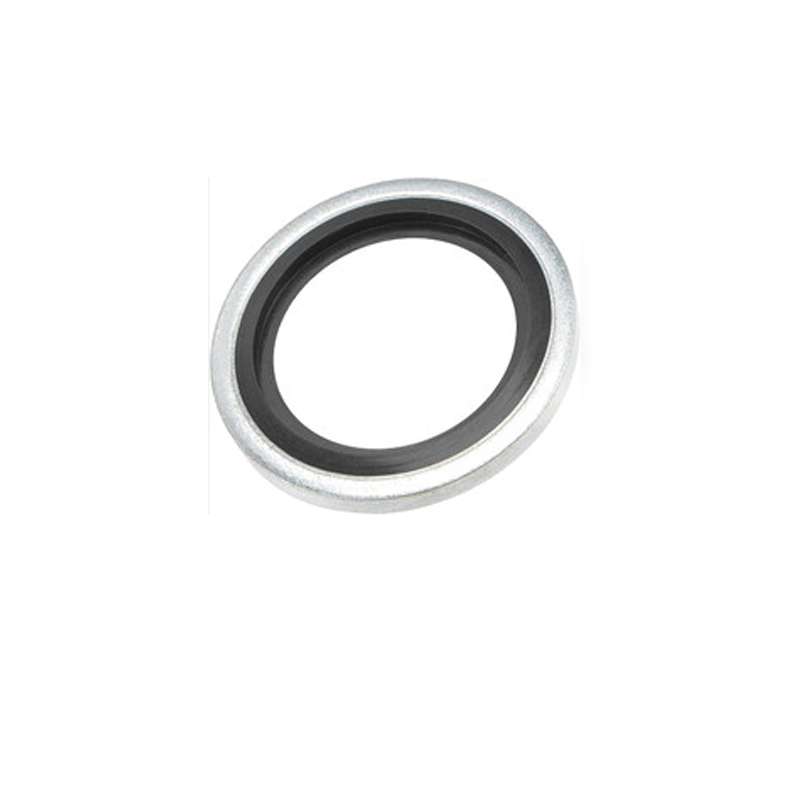Automatic Transmission Oil Pump Seal Replacement Guide and Best Practices
The Importance of the Automatic Transmission Oil Pump Seal
Automatic transmissions are vital components of modern vehicles, allowing for seamless gear changes without the need for manual intervention. Central to the functionality of these transmissions is the oil pump, which circulates transmission fluid to lubricate gears, engage clutches, and facilitate smooth operation. However, the efficiency of the oil pump is heavily reliant on the integrity of its seals, particularly the automatic transmission oil pump seal. This article will explore the significance of this component, its function, common issues, and maintenance practices.
Function of the Automatic Transmission Oil Pump Seal
The oil pump seal serves as a critical barrier between the transmission fluid and the outside environment. Its primary function is to retain the transmission fluid within the pump and prevent leaks. This seal is typically constructed from durable materials such as rubber or silicone, designed to withstand high temperatures and pressure fluctuations inherent to transmission operations. A properly functioning oil pump seal ensures that the transmission maintains adequate fluid levels, which is essential for optimal performance.
Common Issues with Oil Pump Seals
Over time, automatic transmission oil pump seals can wear out or become damaged due to a variety of factors. Here are some common issues associated with these seals
1. Wear and Tear Continuous exposure to heat and pressure can lead to the deterioration of the seal material. Over time, this degeneration results in cracking or hardening, compromising the seal's ability to contain the transmission fluid.
2. Fluid Contamination Contaminants such as dirt, debris, and metallic particles can accumulate within the transmission fluid. These particles can exacerbate wear on the oil pump seal, leading to premature failure.
3. Improper Installation If the oil pump seal is not installed correctly, it may not form a proper seal. This can create gaps that allow fluid to escape, resulting in leaks.
4. Overheating Excessive heat can cause the seal to become brittle and lose elasticity. This not only results in fluid leaks but can also affect overall transmission performance.
Signs of a Failing Oil Pump Seal
A failing automatic transmission oil pump seal can lead to various issues that may be observable by the driver. Here are some signs to watch for
automatic transmission oil pump seal

1. Fluid Leaks One of the most obvious signs of a failing seal is the presence of transmission fluid leaks beneath the vehicle. Transmission fluid is typically red or brown, making it easier to spot against the pavement.
2. Delayed Shifting If the oil pump is unable to maintain the necessary fluid pressure, the transmission may experience delayed or erratic shifting.
3. Overheating Transmissions Insufficient fluid levels caused by leaks can lead to overheating, which can further damage the transmission system.
4. Strange Noises Low fluid levels may result in increased friction within the transmission, leading to unusual noises such as whining or grinding.
Maintenance Practices
To ensure the longevity of the automatic transmission oil pump seal and the overall transmission system, regular maintenance is essential. Here are a few tips to consider
1. Regular Fluid Checks Periodically check the transmission fluid level and condition. A low or contaminated fluid level can signal potential problems with the seal or the transmission itself.
2. Routine Servicing Following the manufacturer’s guidelines for servicing and fluid changes can help maintain the integrity of the oil pump seal. Fresh, clean transmission fluid helps minimize the risk of contamination.
3. Temperature Management Ensure the vehicle’s cooling system is functioning correctly to prevent overheating, which can damage seals and other transmission components.
4. Professional Inspection If symptoms of failure appear, consult a qualified mechanic for a thorough inspection. Early intervention can prevent more severe transmission damage.
Conclusion
The automatic transmission oil pump seal plays a vital role in ensuring the efficient operation of your vehicle's transmission. Regular maintenance and timely replacement of worn seals can significantly enhance the lifespan of the transmission, preventing costly repairs and ensuring a smooth driving experience. Understanding the function and importance of this small yet critical component can lead to better care and performance for your vehicle.
-
Simplifying Oil Changes: A Comprehensive Guide to Oil Drain Plugs and Their Variants
News Aug.04,2025
-
Mastering Oil Drain Maintenance: Solutions for Stripped, Worn, and Upgraded Oil Plugs
News Aug.04,2025
-
Fixing Oil Pan Plug Issues: Leaks, Stripped Nuts, and the Right Replacement Solutions
News Aug.04,2025
-
Everything You Need to Know About Oil Drain Plugs: Sizes, Fixes, and Upgrades
News Aug.04,2025
-
Choosing the Right Oil Drain Plug: A Guide to Sizes, Materials, and Drain Innovations
News Aug.04,2025
-
A Complete Guide to Automotive Drain Plugs: Types, Problems, and Innovative Solutions
News Aug.04,2025
-
The Ultimate Guide to Car Repair Kits: Tools and Essentials Every Driver Should Own
News Aug.01,2025
Products categories















